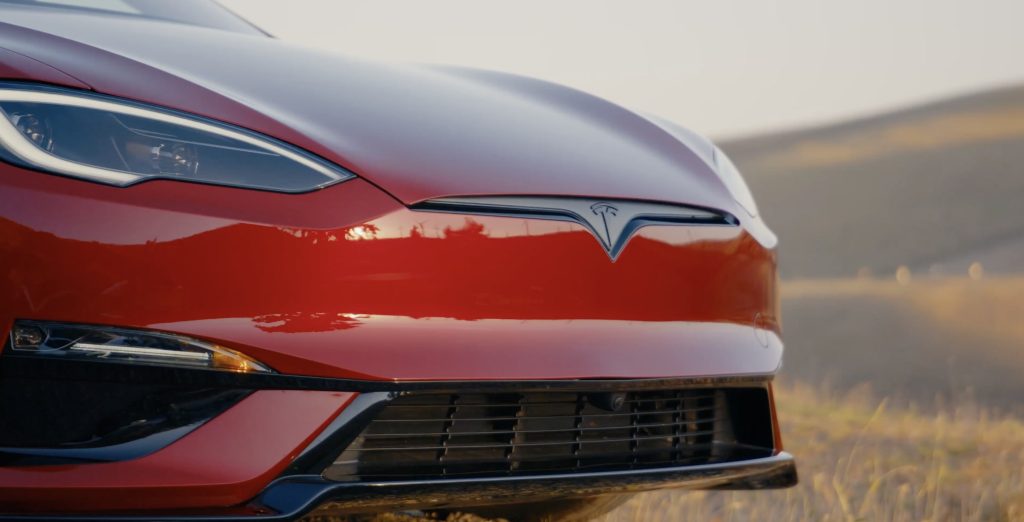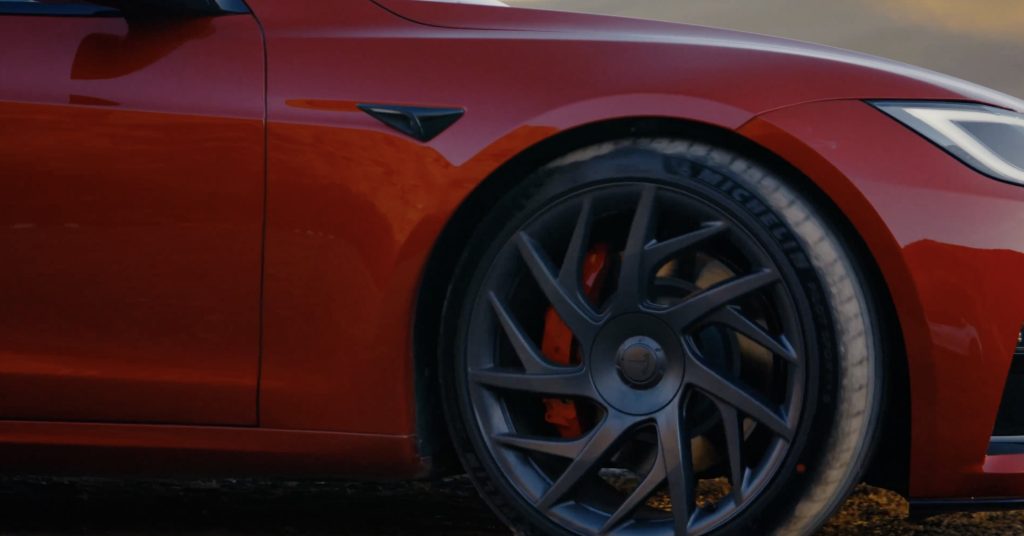News
Tesla launches new Model S and Model X, and the changes are slim
Tesla’s newest versions of its flagship vehicles have arrived with some slim changes.
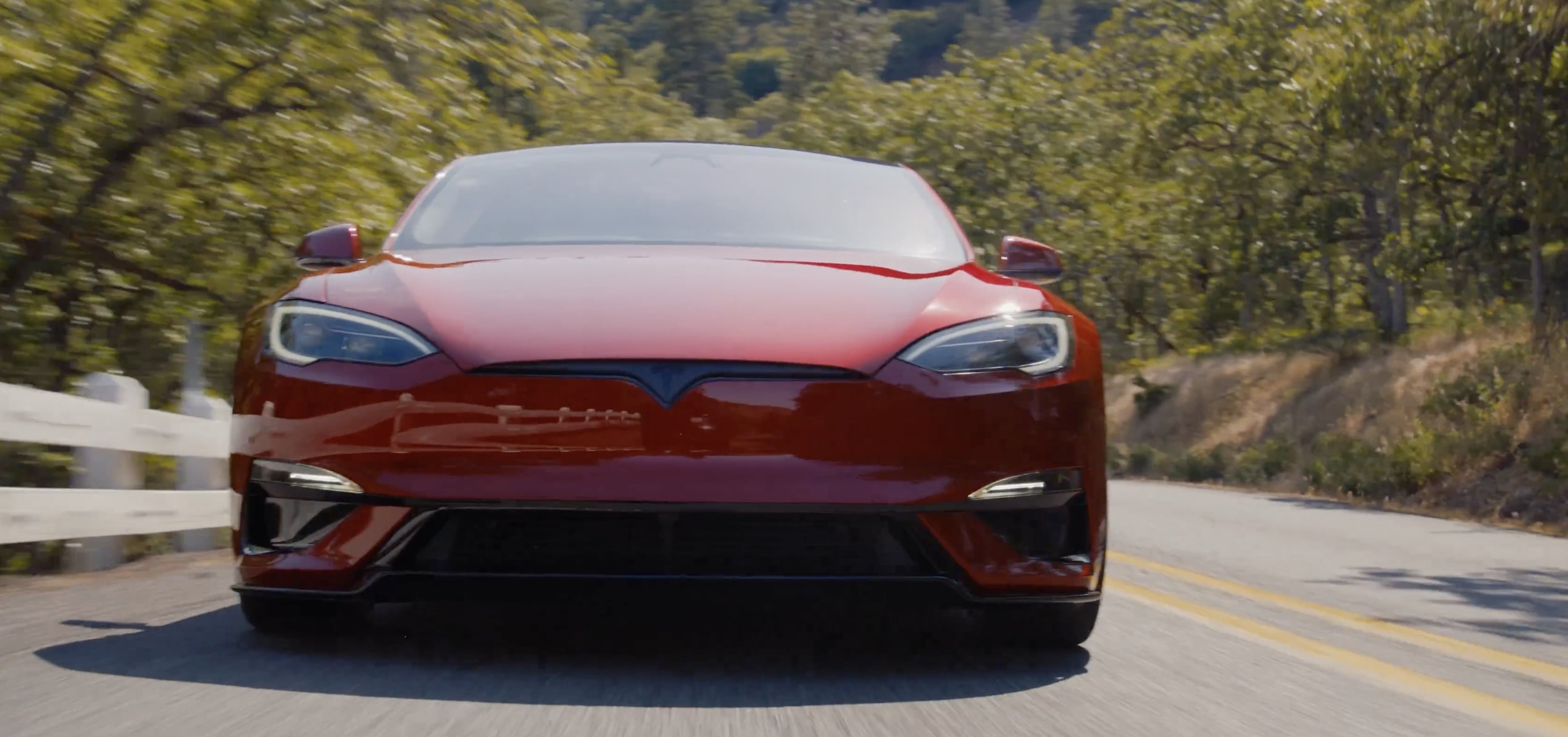
Tesla has officially launched the newest versions of its flagship Model S and Model X vehicles, but the changes are pretty slim, which is something we expected when a couple cars were spotted during public testing recently.
The new “refreshed” Model S and Model X were spotted recently by The Kilowatts, and the changes appeared to be a new front camera, a new color, and only a handful of other changes.
Tesla officially announced the launch of the Model S and Model X on Thursday night, and here’s what it listed as the changes to the two vehicles:
Model S & X are now even better – launching today in the US 🇺🇸
Highlights:
– Frost Blue paint color
– Up to 410 miles of range (Model S Long Range – our longest range Tesla yet)
– Even quieter inside: less wind + road noise & more effective Active Noise Cancellation
– New… pic.twitter.com/i4PcEklOWj
— Tesla (@Tesla) June 13, 2025
- Frost Blue paint color
- Up to 410 miles of range (Model S Long Range – our longest range Tesla yet)
- Even quieter inside: less wind + road noise & more effective Active Noise Cancellation
- New wheel designs & improved aerodynamics = more range
- Front fascia camera for better visibility
- Dynamic ambient lighting that brings unique animations along the dash & doors upon entry
- An even smoother ride thanks to new bushings & suspension design
- Adaptive driving beams
- New exterior styling for Model S Plaid, optimized for high-speed stability
- More space for 3rd row occupants & cargo (Model X)
We expected most of these changes, especially the new Frost Blue paint color, as it was spotted by The Kilowatts in its initial coverage of the cars being spotted a few weeks back. Here’s what it looks like officially:
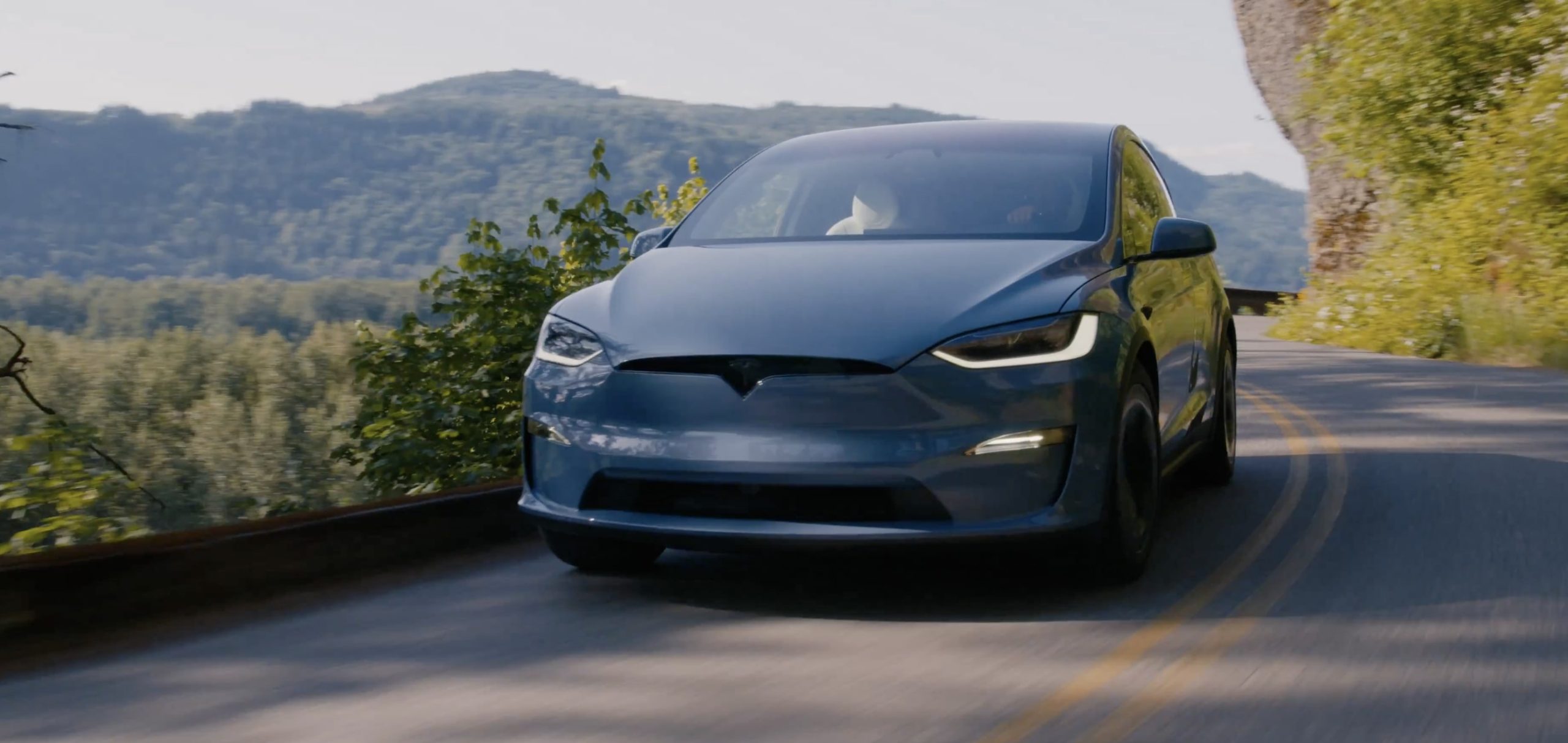
Some of the changes are familiar from the Model Y Refresh, which featured the quieter interior through acoustic-lined glass, a front fascia camera, new bushings, and suspension improvements for a smoother ride.
However, Tesla did refine the Model S Plaid’s exterior for “optimized high-speed stability.” You can see the difference between the two below:
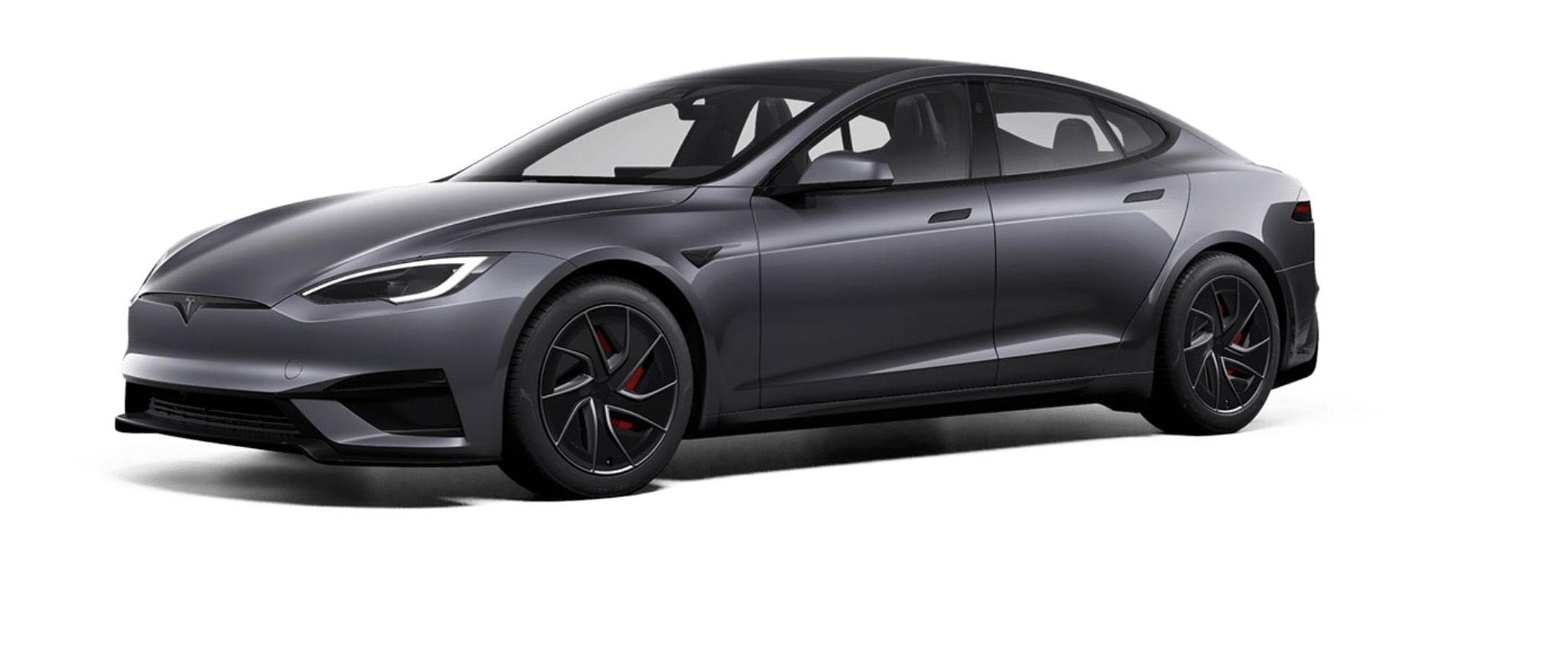

The front-end air diffusers are much deeper, and the front end is more boxy than the previous iteration of the Plaid Model S.
Here are some more images of the Model S that Tesla released in a teaser video:
- Credit: Tesla
Tesla sells such a low volume of the Model S and Model X that it was probably less than likely that the company would put endless manpower and effort into completely redesigning it. CEO Elon Musk said a few years ago that the two cars would only stay in production for “sentimental reasons.”
While they are very special to the Tesla family, they are not incredibly important to the mission of the company.

Investor's Corner
Mizuho keeps Tesla (TSLA) “Outperform” rating but lowers price target
As per the Mizuho analyst, upcoming changes to EV incentives in the U.S. and China could affect Tesla’s unit growth more than previously expected.
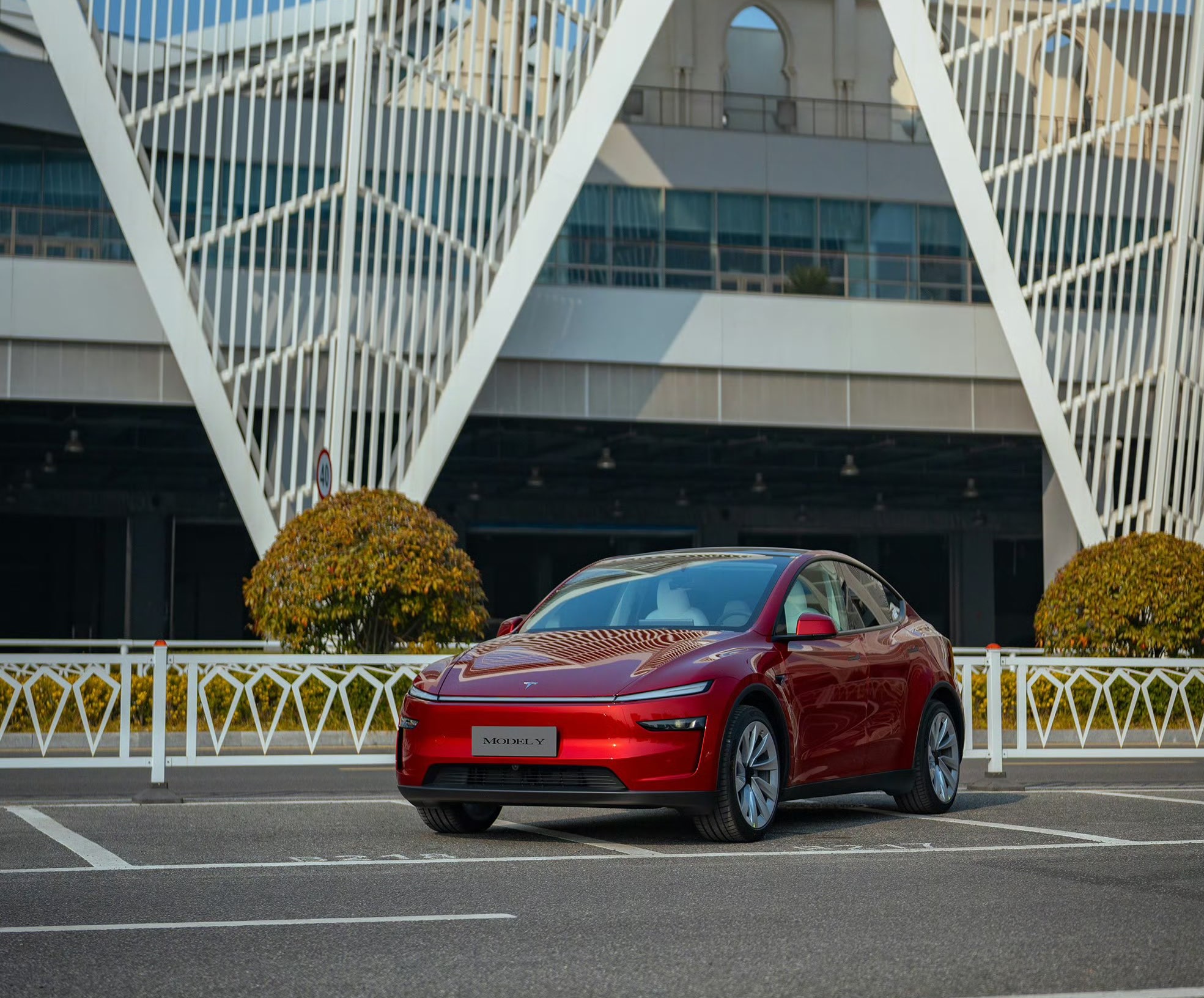
Mizuho analyst Vijay Rakesh lowered Tesla’s (NASDAQ:TSLA) price target to $475 from $485, citing potential 2026 EV subsidy cuts in the U.S. and China that could pressure deliveries. The firm maintained its Outperform rating for the electric vehicle maker, however.
As per the Mizuho analyst, upcoming changes to EV incentives in the U.S. and China could affect Tesla’s unit growth more than previously expected. The U.S. accounted for roughly 37% of Tesla’s third-quarter 2025 sales, while China represented about 34%, making both markets highly sensitive to policy shifts. Potential 50% cuts to Chinese subsidies and reduced U.S. incentives affected the firm’s outlook.
With those pressures factored in, the firm now expects Tesla to deliver 1.75 million vehicles in 2026 and 2 million in 2027, slightly below consensus estimates of 1.82 million and 2.15 million, respectively. The analyst was cautiously optimistic, as near-term pressure from subsidies is there, but the company’s long-term tech roadmap remains very compelling.
Despite the revised target, Mizuho remained optimistic on Tesla’s long-term technology roadmap. The firm highlighted three major growth drivers into 2027: the broader adoption of Full Self-Driving V14, the expansion of Tesla’s Robotaxi service, and the commercialization of Optimus, the company’s humanoid robot.
“We are lowering TSLA Ests/PT to $475 with Potential BEV headwinds in 2026E. We believe into 2026E, US (~37% of TSLA 3Q25 sales) EV subsidy cuts and China (34% of TSLA 3Q25 sales) potential 50% EV subsidy cuts could be a headwind to EV deliveries.
“We are now estimating TSLA deliveries for 2026/27E at 1.75M/2.00M (slightly below cons. 1.82M/2.15M). We see some LT drivers with FSD v14 adoption for autonomous, robotaxi launches, and humanoid robots into 2027 driving strength,” the analyst noted.
News
Tesla’s Elon Musk posts updated Robotaxi fleet ramp for Austin, TX
Musk posted his update on social media platform X.
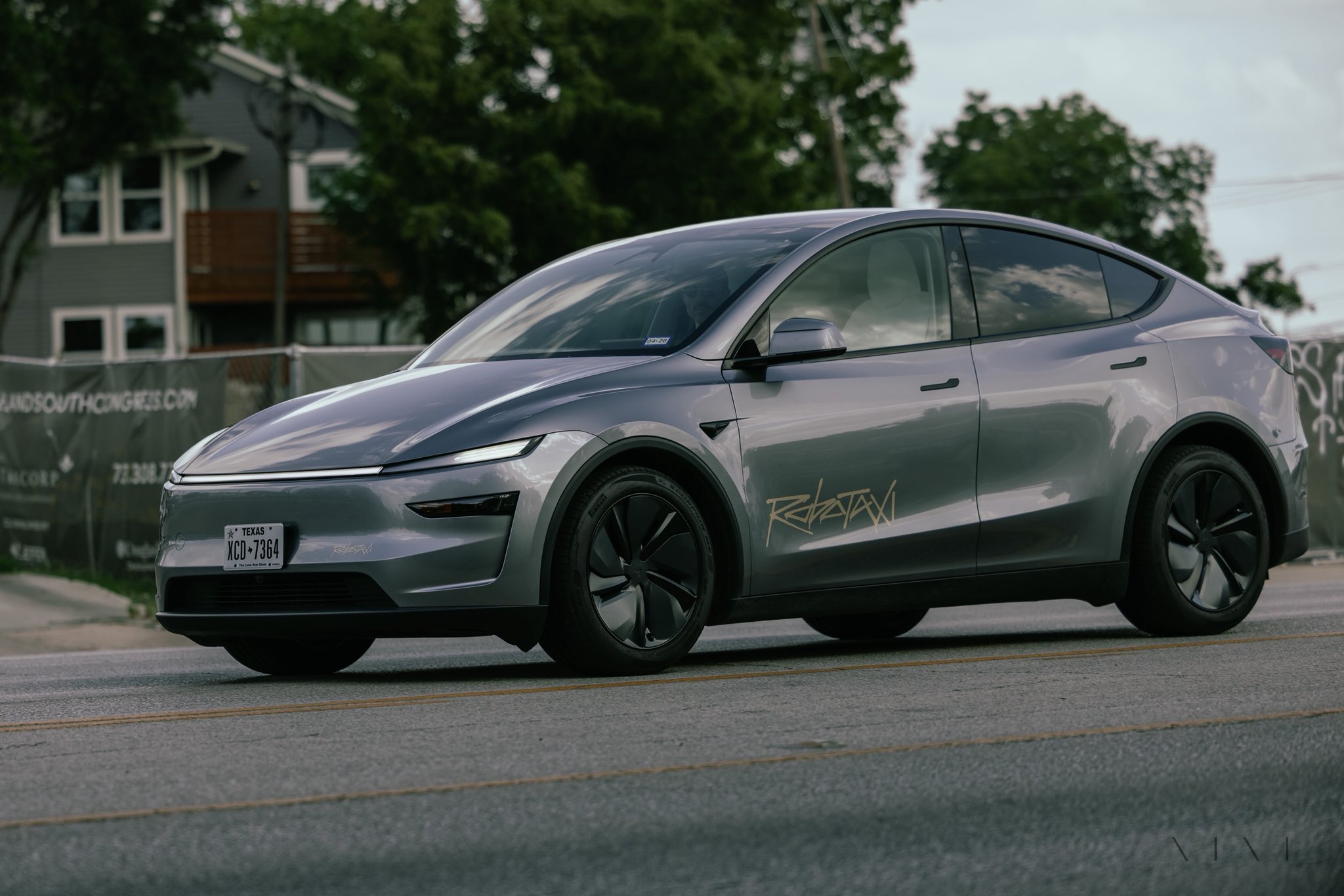
Elon Musk says Tesla will “roughly double” its supervised Robotaxi fleet in Austin next month as riders report long wait times and limited availability across the pilot program in the Texas city. Musk posted his update on social media platform X.
The move comes as Waymo accelerates its U.S. expansion with its fully driverless freeway service, intensifying competition in autonomous mobility.
Tesla to increase Austin Robotaxi fleet size
Tesla’s Robotaxi service in Austin continues to operate under supervised conditions, requiring a safety monitor in the front seat even as the company seeks regulatory approval to begin testing without human oversight. The current fleet is estimated at about 30 vehicles, StockTwists noted, and Musk’s commitment to doubling that figure follows widespread rider complaints about limited access and “High Service Demand” notifications.
Influencers and early users of the Robotaxi service have observed repeated failures to secure a ride during peak times, highlighting a supply bottleneck in one of Tesla’s most visible autonomy pilots. The expansion aims to provide more consistent availability as the company scales and gathers more real-world driving data, an advantage analysts often cite as a differentiator versus rivals.
Broader rollout plans
Tesla’s Robotaxi service has so far only been rolled out to Austin and the Bay Area, though reports have indicated that the electric vehicle maker is putting in a lot of effort to expand the service to other cities across the United States. Waymo, the Robotaxi service’s biggest competitor, has ramped its service to areas like the San Francisco Bay Area, Los Angeles, and Phoenix.
Analysts continue to highlight Tesla’s long-term autonomy potential due to its global fleet size, vertically integrated design, and immense real-world data. ARK Invest has maintained that Tesla Robotaxis could represent up to 90% of the company’s enterprise value by 2029. BTIG analysts, on the other hand, added that upcoming Full Self-Driving upgrades will enhance reasoning, particularly parking decisions, while Tesla pushes toward expansions in Austin, the Bay Area, and potentially 8 to 10 metro regions by the end of 2025.
News
Tesla finishes its biggest Supercharger ever with 168 stalls
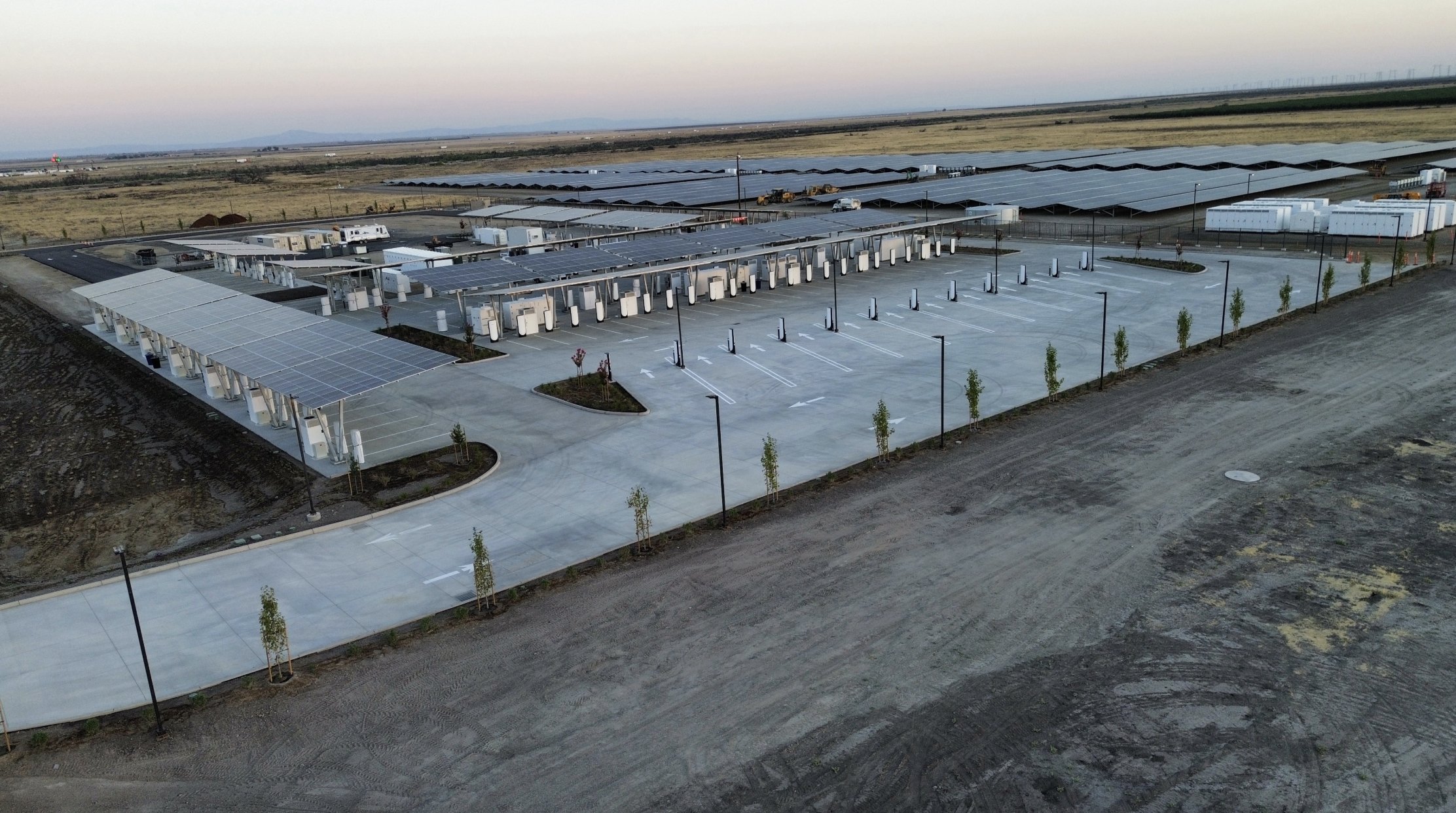
Tesla has finished construction at its biggest Supercharger ever in Lost Hills, California, and all 168 stalls are officially open as of today.
After several years of development, the company has officially announced that the Lost Hills Supercharger, known as Project Oasis, is officially open with 168 stalls active and available to drivers.
Tesla announced the completion of the Lost Hills Supercharger on Tuesday, showing off the site, which is powered by 10 Megapack batteries for storage and is completely independent of the grid, as it has 11 MW of solar panels bringing energy to the massive Battery Energy Storage System (BESS).
All 168 Stalls at the Tesla Supercharger in Lost Hills, California are officially open! pic.twitter.com/eo9xmZyUNB
— TESLARATI (@Teslarati) November 25, 2025
This is the largest Supercharger in the world and opens just in time for the Thanksgiving holiday, which is the most-traveled weekend of the year in the United States.
Spanning across 30 acres, it was partially opened back in July 2025 as Tesla opened just 84 of the 168 stalls at the site. However, Tesla finished certifying the site recently, which enabled the Supercharger to open up completely.
The site generates roughly 20 GWh of energy annually, which is enough to power roughly 1,700 homes. The launch of this site specifically is massive for the company as it plans to launch more Superchargers in more rural areas, making charging more available for cross-country rides that require stops in more remote regions of the United States.
This is perhaps the only weak point of Tesla’s massive charging infrastructure.
It has some features that are also extremely welcome for some owners, including things like pull-through stalls for those who tow, an idea that was extremely popular following the launch of the Cybertruck.
Tesla has over 70,000 active Superchargers across the world. The company has also made efforts to create unique experiences at some of the stops, most notably with its Tesla Diner, located on Santa Monica Boulevard in Los Angeles.
That Supercharger has two massive drive-in movie theaters and will soon transition to a full-service restaurant following the departure of its executive chef, Eric Greenspan.
